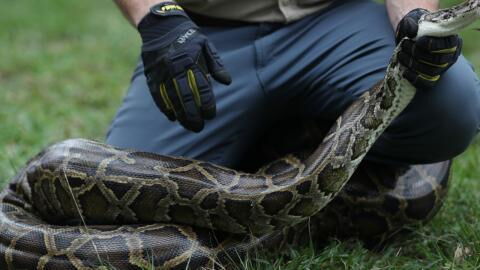66 million years ago, dinosaurs disappeared from the Earth’s surface after an asteroid, 12 kilometres in diameter, crashed into the Yucatán Peninsula in what is now Mexico.
Discover our latest podcast
While three quarters of land and marine species perished as a result of this catastrophic event, certain types of snakes did survive. This is beyond incredible given that the asteroid gave rise to major disruptions across the planet.
How did the snakes survive?
In a study published in the journal Nature Communications in September 2021, a team of researchers from the University of Bath investigated how snakes survived the end of the Cretaceous period. According to their findings, only six lineages of the species survived the event. They did it by hiding underground and surviving without food for long periods of time—some went without eating for up to a year!
In addition, after the impact, many animal species perished due to the near total darkness that settled over the planet—a phenomenon known as ‘nuclear winter’. The snakes that survived were mainly species living underground, in water or in forests.
Thriving in a post-apocalyptic world
In the end, the disappearance of most other animals did not hinder the development of snakes. In fact, the opposite is true. Without predators, the snakes reproduced to their heart’s desire and that led to a rapid increase in species diversity. So much so that researchers consider that without the asteroid ‘it is likely that snakes would not be where they are today,’ says study lead Dr Catherine Klein.
It was at this specific point in history where snakes such as vipers and boas were born. Thanks to the absence of other predators, they were able to then spread all over the planet. Today, we can find these slithery creatures in all the continents, except Antarctica, and in ecosystems that are as diverse as they are varied.
This article has been translated from Gentside FR.
Read more:
⋙ This monstrous snake resurfaces after disappearing for six decades
⋙ Palaeontologists find dinosaur remains in crocodile's stomach
⋙ NASA: This huge asteroid could destroy our satellites in 2029















